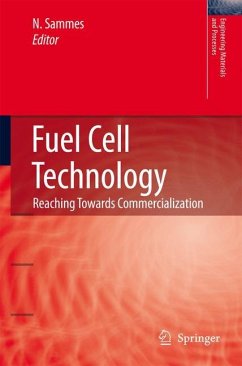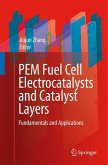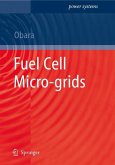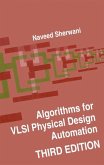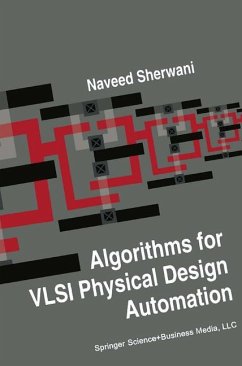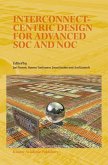Fuel cells are electrochemical devices that convert the energy of a fuel (such as hydrogen, natural gas or other hydrocarbon-based fuels) directly into electricity. All fuel cells consist of an electrolyte layer in contact with an anode and a cathode on either side. The oxidation reaction occurs on the anode side of the fuel cell, while reduction takes place on the cathode. Single fuel cells are usually connected either in series, or in parallel, to form a stack, which is capable of producing s- eral watts to many kW of power, depending on the requirements. The fuel cell stack requires a number of other components to complete the s- tem. These components are usually termed the balance-of-plant (BoP) and consist of the fuel cell processing section, the power section (the components surrounding the stack itself) and the power conditioning and control units. Fuel processing is required to produce a hydrogen-rich gas (and possibly to desulfurize the gas), while the power-conditioningunit is there to convert variable DC to controlled AC current, with a specific frequency, active and reactive power. It also acts as fe- back to control the fuel flow to the stack.
Bitte wählen Sie Ihr Anliegen aus.
Rechnungen
Retourenschein anfordern
Bestellstatus
Storno

